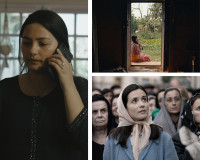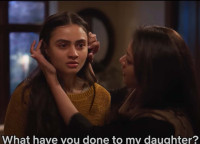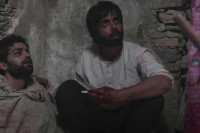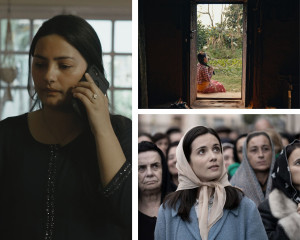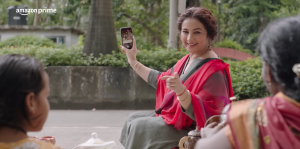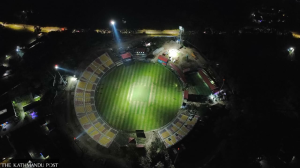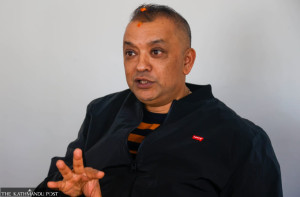Movies
‘Mummy’ is scary but struggles with pacing
This new release horror film features strong performances, but unclear storyline hinders its potential.
Timila Maharjan
‘Mummy’ is a recent Nepali horror film directed by Samar Niraula, featuring Priyanka Karki as the lead. The movie follows Sapana (Karki), a woman battling bipolar disorder, a condition she inherited from her mother (Deeya Maskey).
Sapana is married to Bodh (Sulakshyan Bharati). Together, they have a son and a daughter and live what appears to be a happy family life. However, things take a dark turn when their beloved dog, especially dear to their daughter, dies unexpectedly. The family ventures deep into the forest to bury their pet, where the daughter discovers a stray black cat and insists on bringing it home. Bodh supports her decision.
This moment subtly hints at Sapana’s deep-seated fear of cats, tied to unsettling memories from her past—details that gradually unfold as the film progresses. Despite her unease, she gives in to her daughter’s wishes. From then on, eerie and unexplainable events happen to the family.
When Sapana tells her friend about the cat, the friend remarks that it is a poor decision, considering her past experiences. The friend scolds Sapana for not saying no to her husband. Although this conversation is brief, it plants a seed of doubt that Bodh may not be as loving as he appears, which Sapana quickly dismisses. Bodh is a psychiatrist who helps Sapana with her mental illness, but there is more to his character, revealed only in fragments throughout the film.
‘Mummy’ delivers twists that engage audiences and offer surprises they may not see coming. The film gradually uncovers its mystery by presenting the past and present timelines in a structured, chronological manner, keeping viewers intrigued as they piece together Sapana’s past.
Like most horror films, ‘Mummy’ has many jump scares, some of which are chilling. The film also uses background music to amplify the fear factor. However, in certain scenes, the excessively loud sound feels overwhelming—almost as if it’s forcing the scares rather than allowing the horror to unfold naturally.
Visually, the movie is unsettling. The scene where the black cat is shown drinking human blood from the floor is disconcerting, as is the gruesome imagery of Sapana’s mother devouring raw chicken while lifeless birds twitch in the background. These grotesque visuals add to the film’s horror atmosphere.
The film starts strong but becomes tedious after intermission when Bodh takes Sapana to her childhood home to confront her traumas. I anticipated a deeper exploration of Sapana and her mother’s history during their time at the house, but the narrative seemed to meander before eventually unveiling the backstory.
As the film approaches its climax, the long-awaited past events are revealed. However, while the middle portion drags, the conclusion feels rushed. In the end, many secrets and stories are revealed all at once, confusing the audience and obscuring the film’s core message. You can also expect twists towards the end, but disclosing many details at once muddles the storyline and creates confusion.
The movie ends on a cliffhanger, leaving the audience curious and open to interpretation. Specific details, such as Sapana mentioning her sister, her father’s death, and her husband’s backstory, are introduced but never explored further, hinting at the possibility of a sequel.
Among the performances, Maskey’s acting stands out as praiseworthy. She convincingly portrays her eerie, psychotic character, whose presence induces chills. In contrast, Bodh’s portrayal feels unnatural, particularly his English dialogues, which come off as forced and unintentionally humorous.
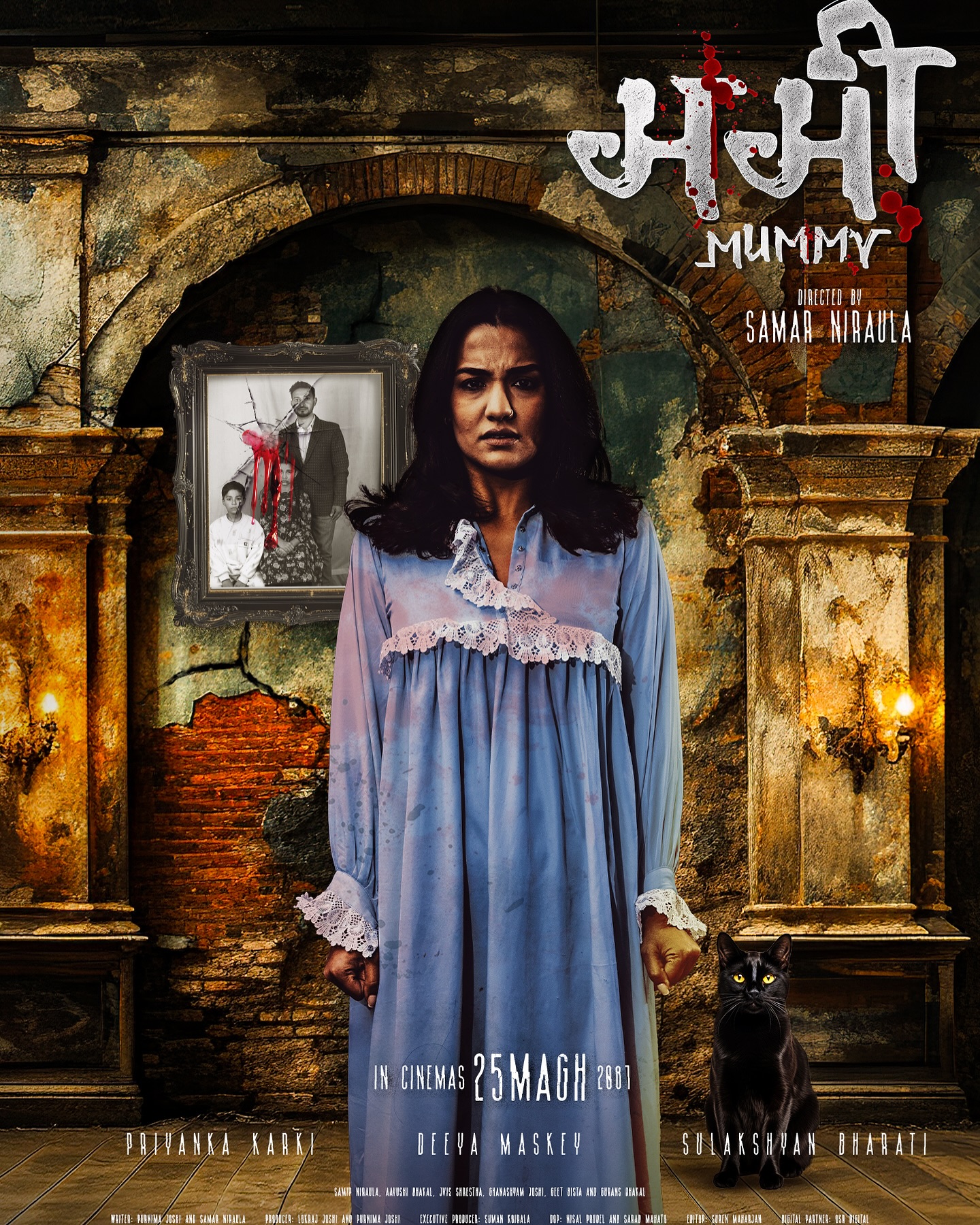
In ‘Mummy’, the black cat is portrayed as a sign of bad luck, reinforcing the deeply rooted Nepali superstition that black cats are linked to bad omens. Dialogues like “Kalo Biralo ta Boksi ko Bahan huncha” (A black cat is a witch’s companion) further drive this belief, embedding it within the narrative. The film uses the black cat as a central element in triggering paranormal events in both past and present timelines.
While the depiction aligns with prevalent Nepali beliefs, the film’s focus on this superstition may inadvertently reinforce negative perceptions of black cats instead of challenging them. However, one appreciable creative touch was the adaptation of the children’s rhyme ‘Meow Meow Biralo’. Its transformation into a haunting melody was an intriguing and effective way to set the tone.
The movie also interestingly uses the name ‘Sapana’ in various contexts to create different meanings. Additionally, the cinematography deserves praise for capturing the horror atmosphere. The use of temporal colour grading to differentiate past and present timelines was well-executed, allowing the audience to follow the shifts in time easily.
Despite a few flaws, ‘Mummy’ is a commendable step forward for Nepali horror cinema, offering suspense and intrigue. One of the film’s standout qualities is its trailer, which refrains from spoiling key plot points, something Nepali films often struggle with. The movie delivers more than what’s teased in the trailer, justifying the suspense and anticipation it built beforehand.
The production team’s promotional strategy of having Karki dress as the movie character while visiting various locations was creative and engaging. This approach captured public attention and sparked curiosity. However, the movie’s pacing issues, unclear storyline towards the end, and overcrowded finale prevent it from reaching its full potential. Should a sequel exist, a tighter narrative and a more polished approach to storytelling could elevate it even further.
Mummy
Director: Samar Niraula
Starring: Deeya Maskey, Priyanka Karki, Sulakshyan Bharati
Duration: 124 minutes
Language: Nepali
Available: In nearby cinemas
Year: 2025




 20.12°C Kathmandu
20.12°C Kathmandu
